AP U.S. History Takes A Trip to the Moton Museum
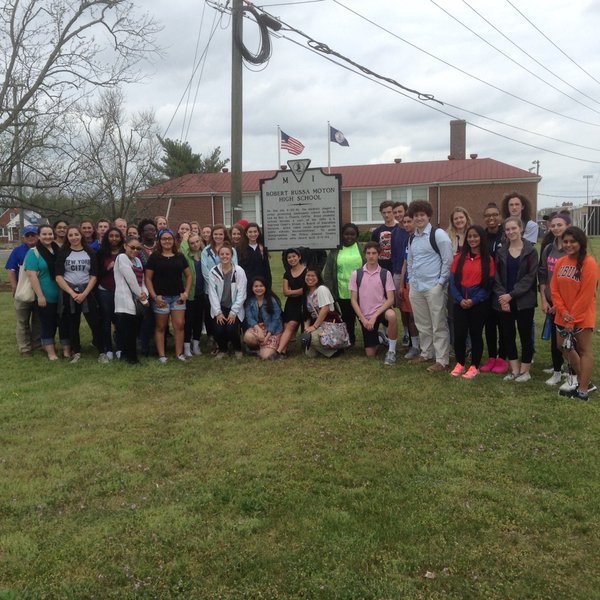
Students pose in front of the plaque commemorating the 1951 strike.
The Robert Russa Moton High School is a national historic landmark home to the birthplace of the Civil Rights Movement and it recently had its hallowed halls walked by some of West Potomac’s AP U.S. History students and teachers.
The reason for the school’s conversion from school to musuem is because of one 16-year-old Barbara Johns, and the classmates who rallied behind her during the 1951 Moton Strike. These students single handedly protested the segregated schools, against the wishes of their parents and educators.
Standing in the face of adversity and refusing to bow until their school was desegregated, these students represented three-fourths of the plaintiffs in the Supreme Court case Brown vs. The Board of Education.
This is the first year APUSH teachers have organized the field trip. All three AP U.S. teachers were responsible for organizing the field trip, but it was Jeffrey Feinstein who had the original idea to go on the field trip.
“This was all Feinstein’s idea. We were sitting in a meeting one day and he says he has a really cool idea, this was way back in November,” said Julie Cruz, the other AP U.S. teacher in attendance.
Feinstein had been teaching students about the the Moton Strike and Barbara Johns’ influence for years, but this is the first year he was able to take students to the site of one of the events he taught. He originally wanted to have the trip on April 23, to coincide of with the 65th anniversary of the 1951 student strike, however they had to go a day before because of an event planned for that day.
Students in attendance were able to see a film that overviewed the historic strike and then entered the school to see different exhibits that were set up. They were also able to complete an activity with Longwood University students where different groups highlighted an issue they would like to address in their schools. The day ended with a speech by Charles Taylor he told students of his personal struggle with the Prince Edward County public schools being shut down for five years, meaning he had a five year pause on his education.
Students were very open and receptive to hearing about the struggles of the brave students who came before them. The story resonated with students particularly because Johns was the same age and grade as them when she led what was to become a national movement, as well as the fact that they had never heard of her before this trip.
“They said it was basically the start of the Civil Rights Movement, I’d always associated the start of [it] with … Martin Luther King Jr. or Rosa Parks and this was way before all that happened, ” said junior Suferah Khan.
This trip gave students the opportunity to connect with a time and place in history that they had only read of before, and it’s that connection that will stick with them.



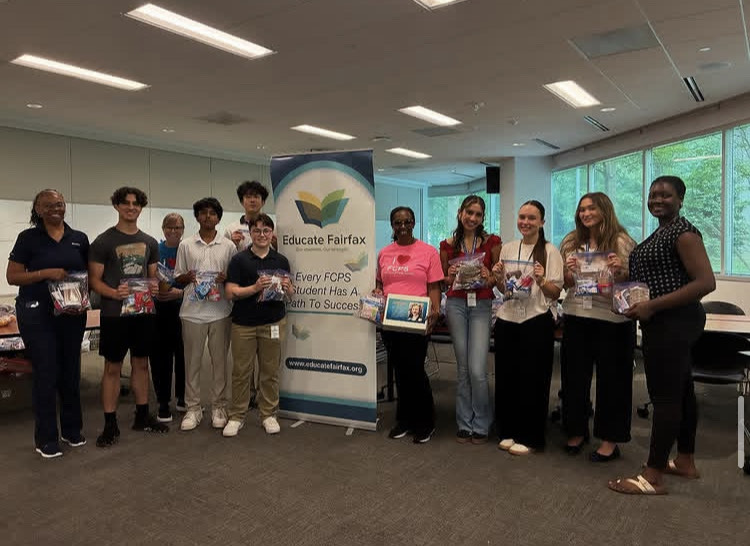

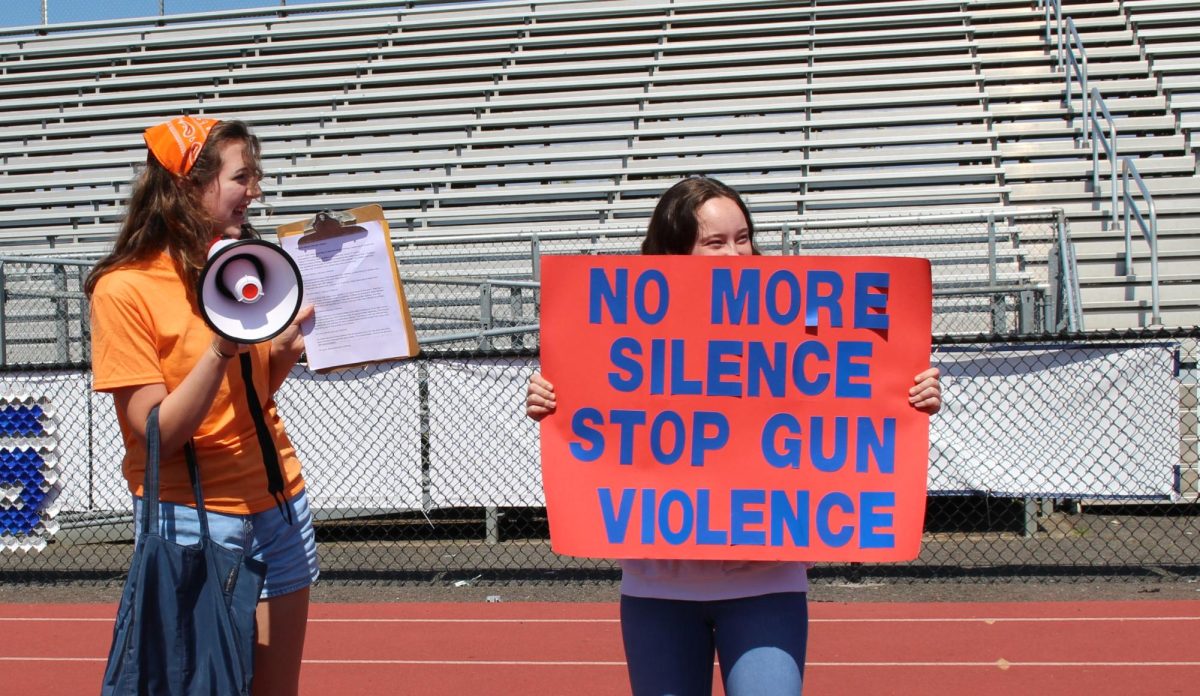
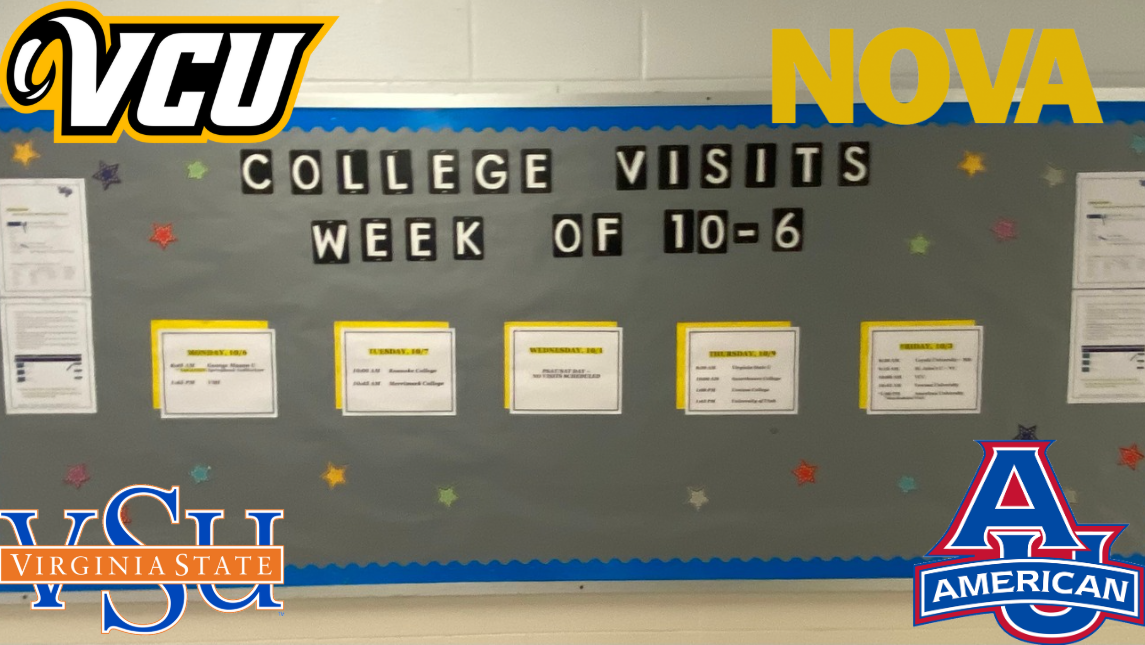
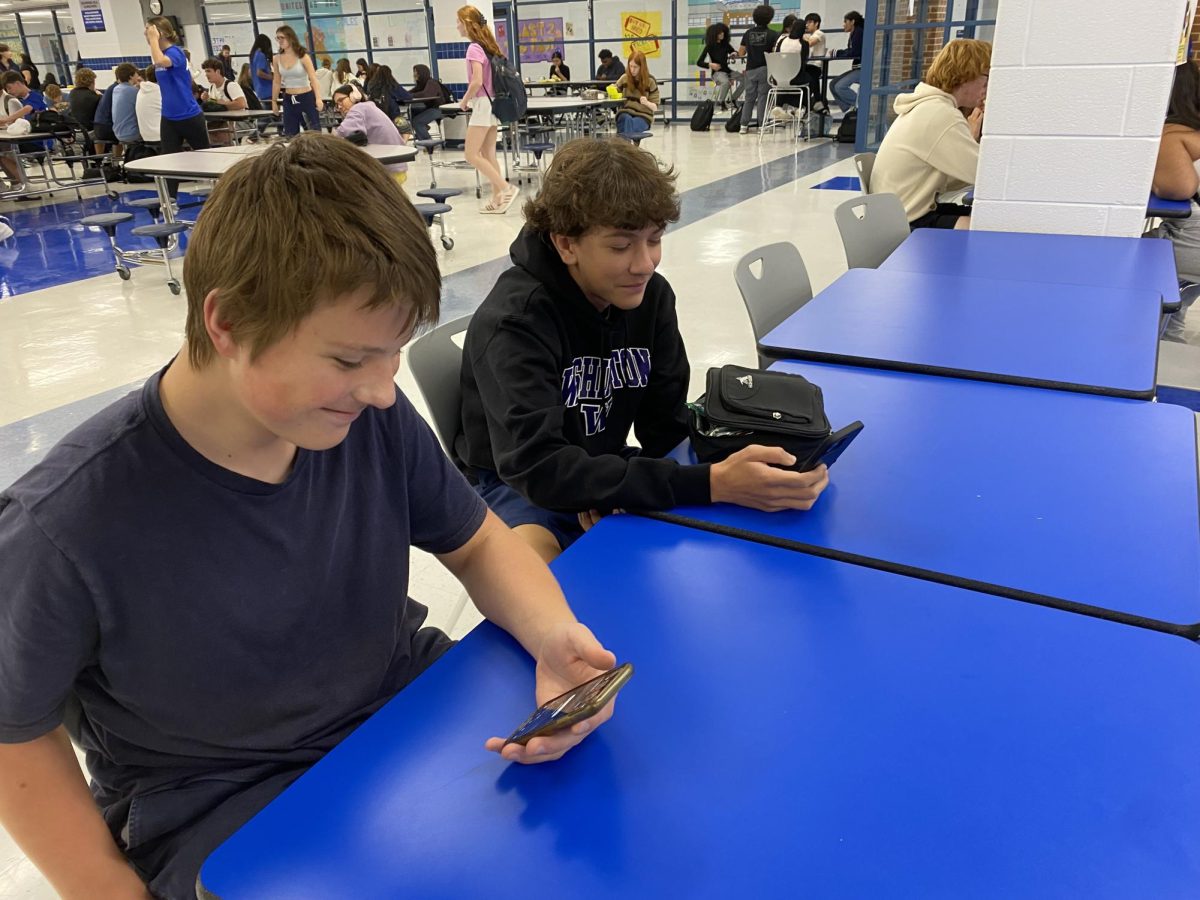
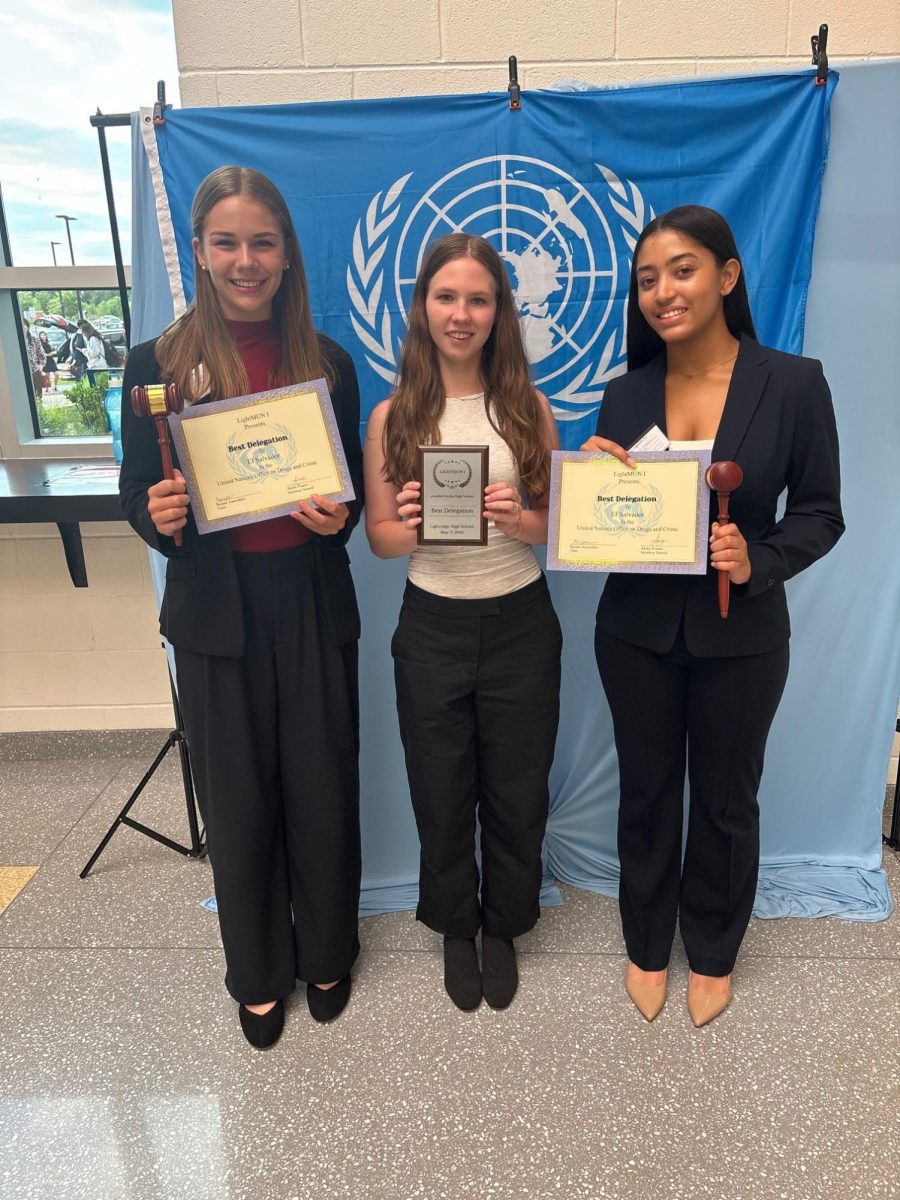

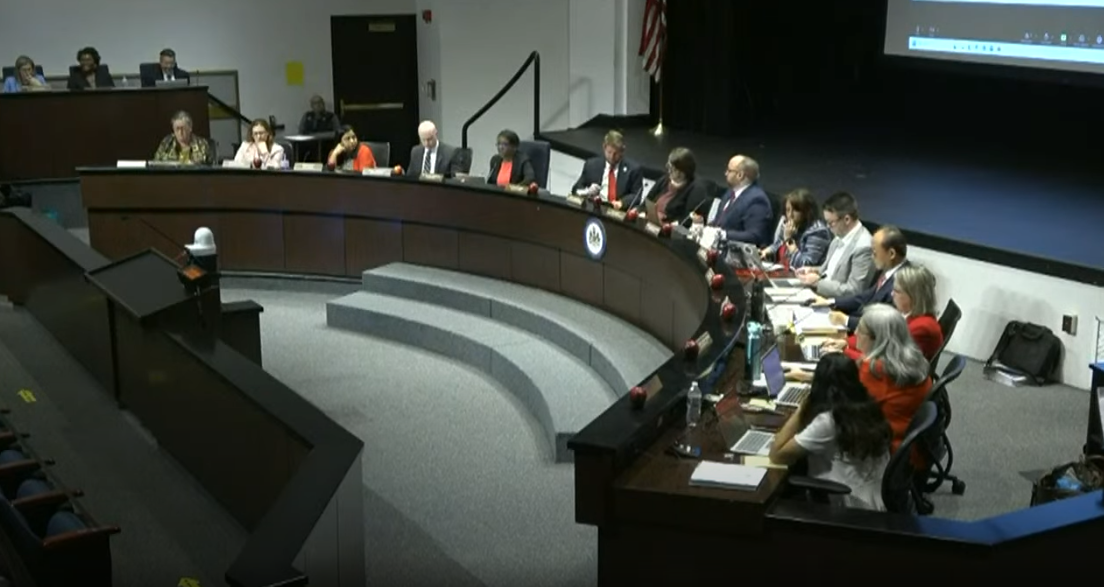

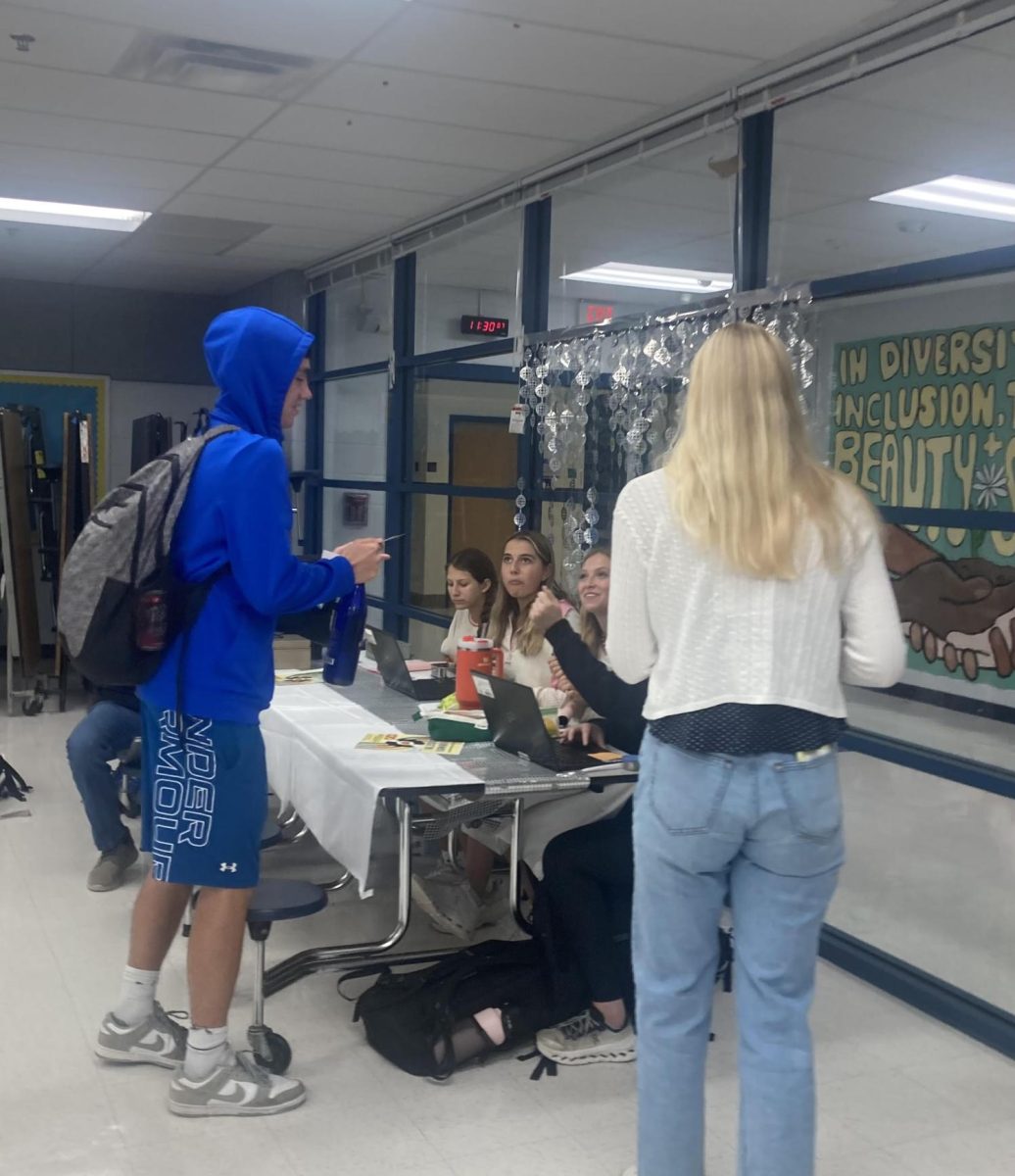





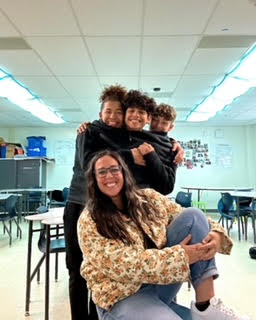




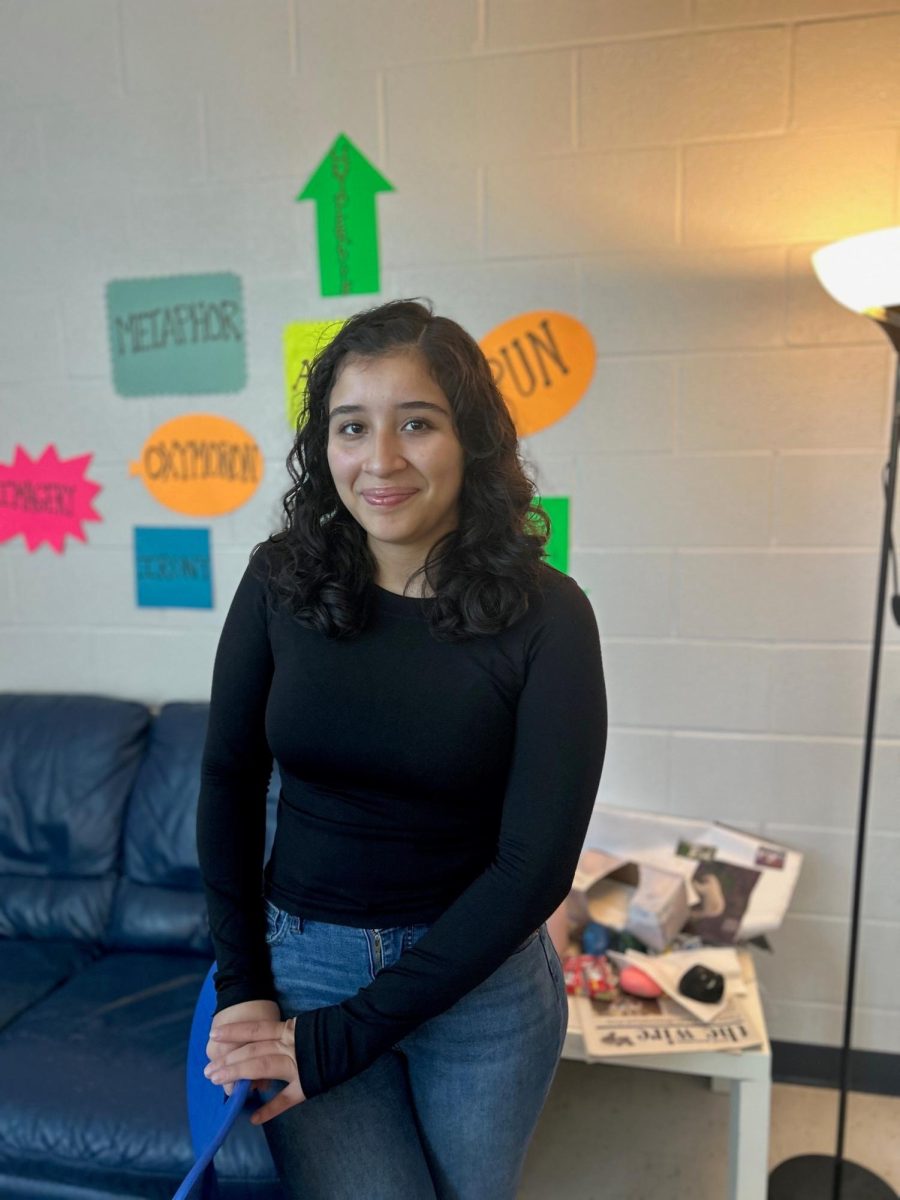

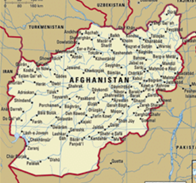







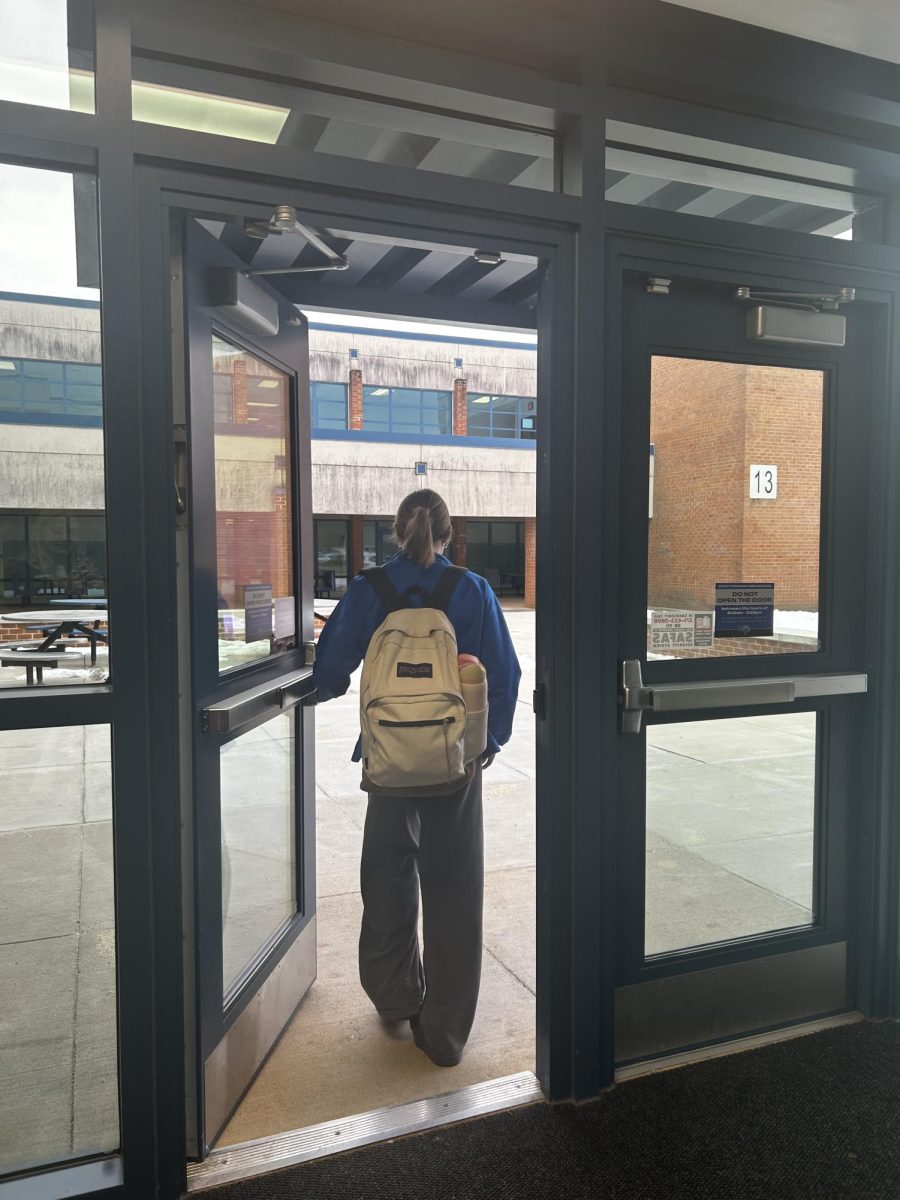






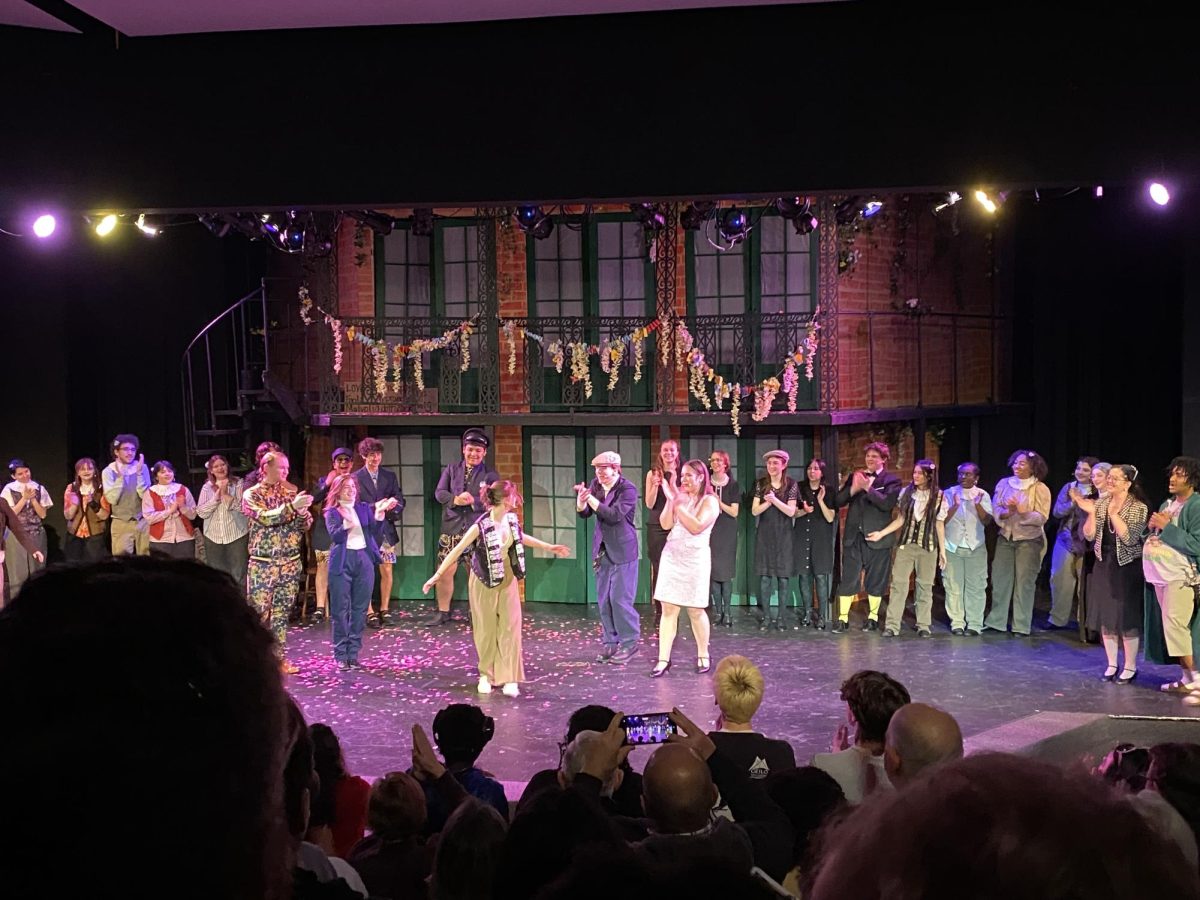






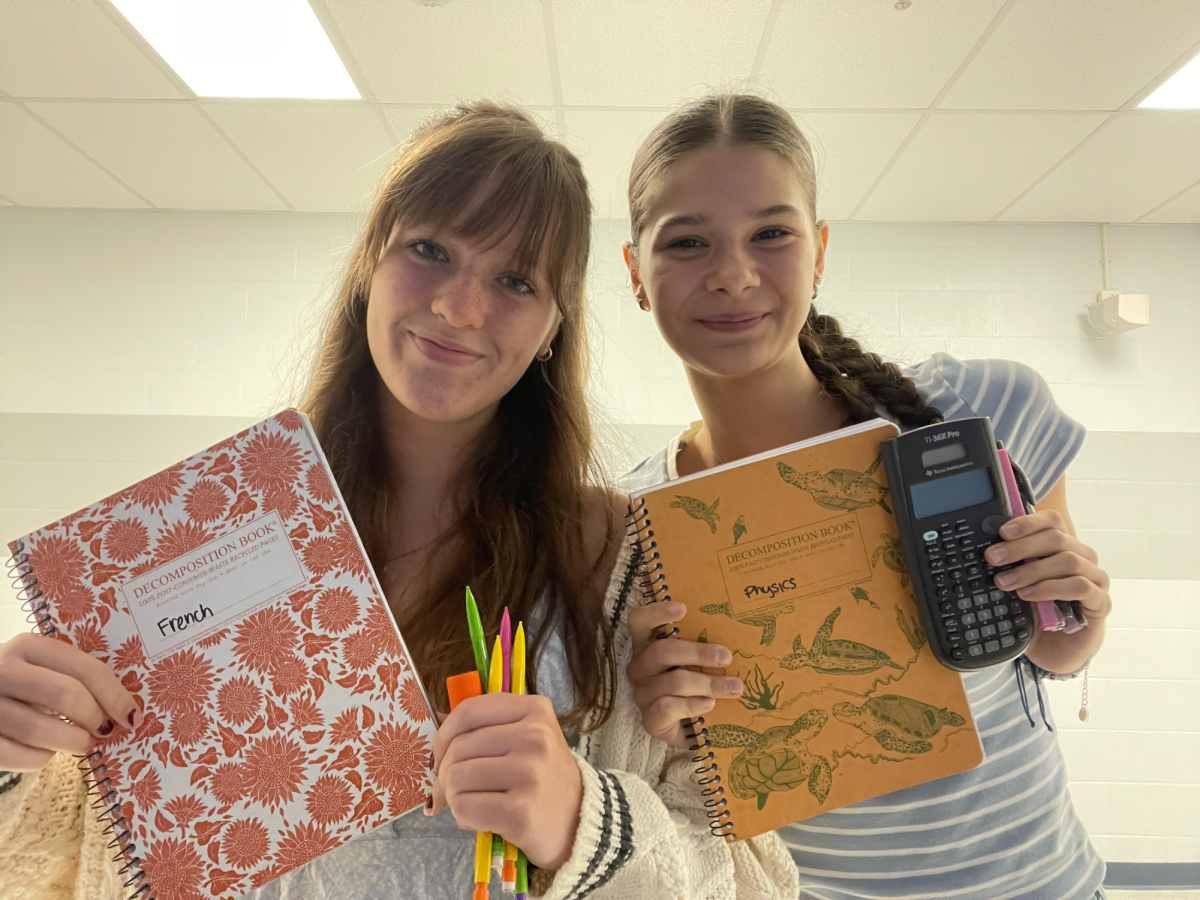


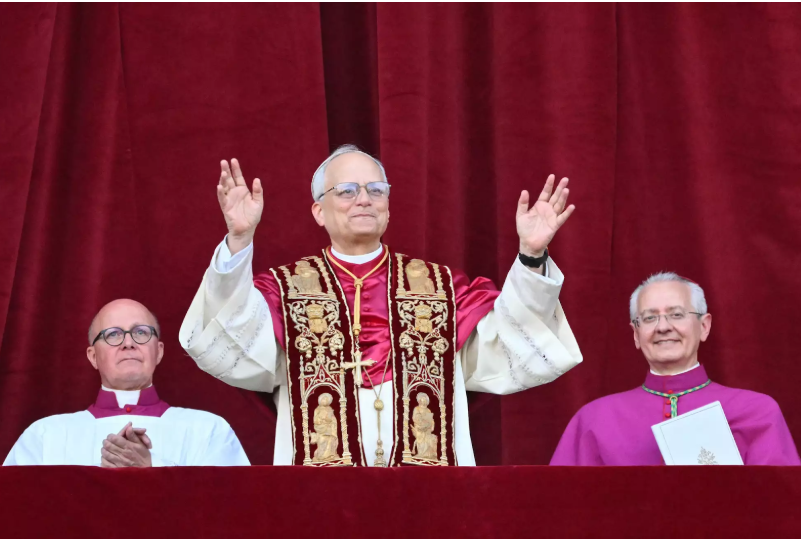
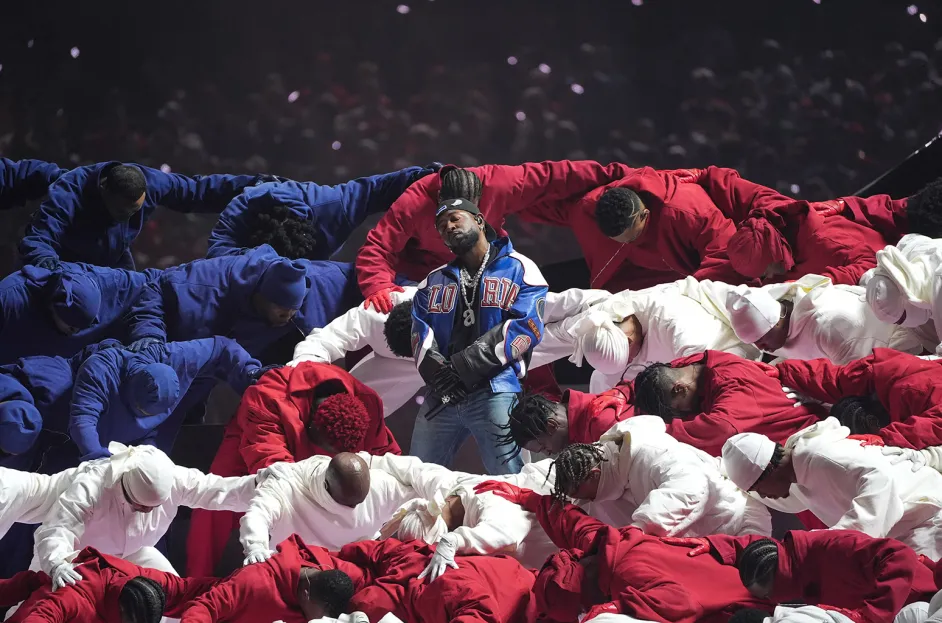
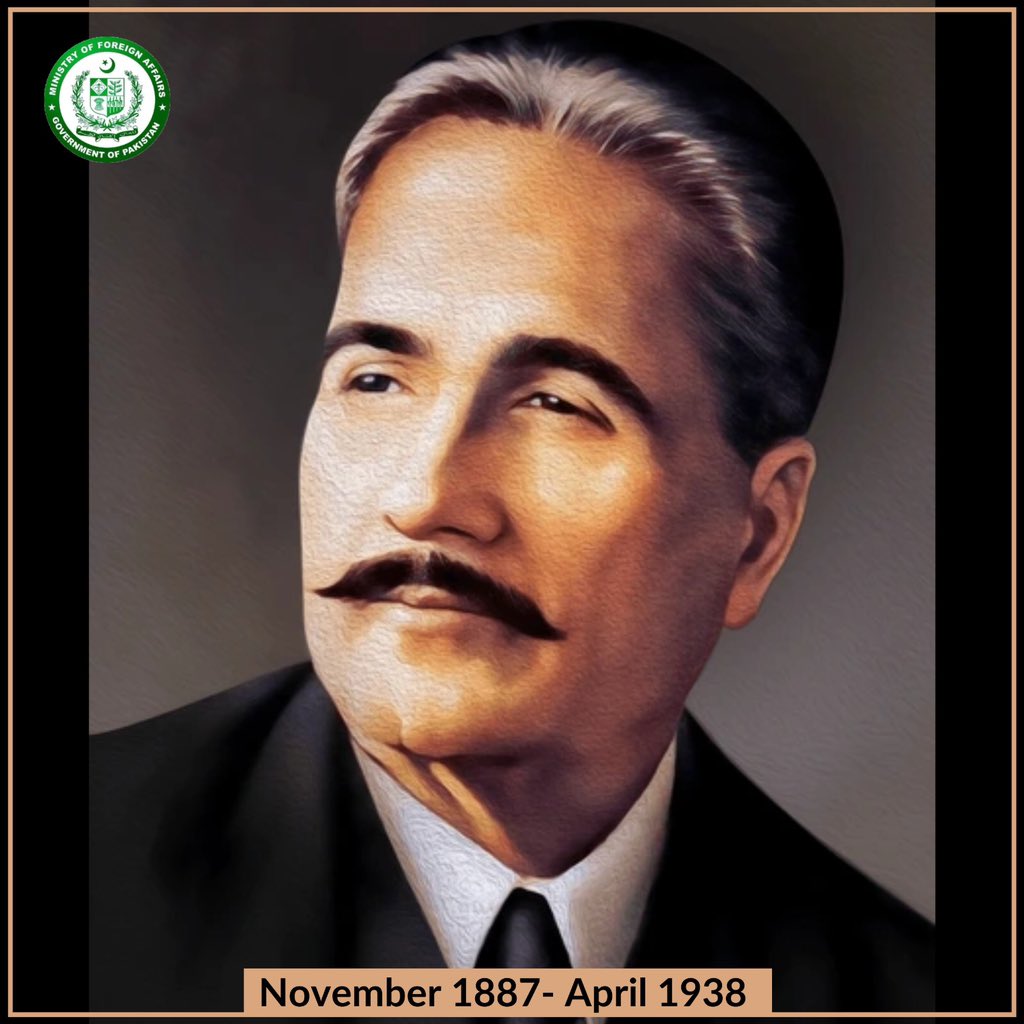
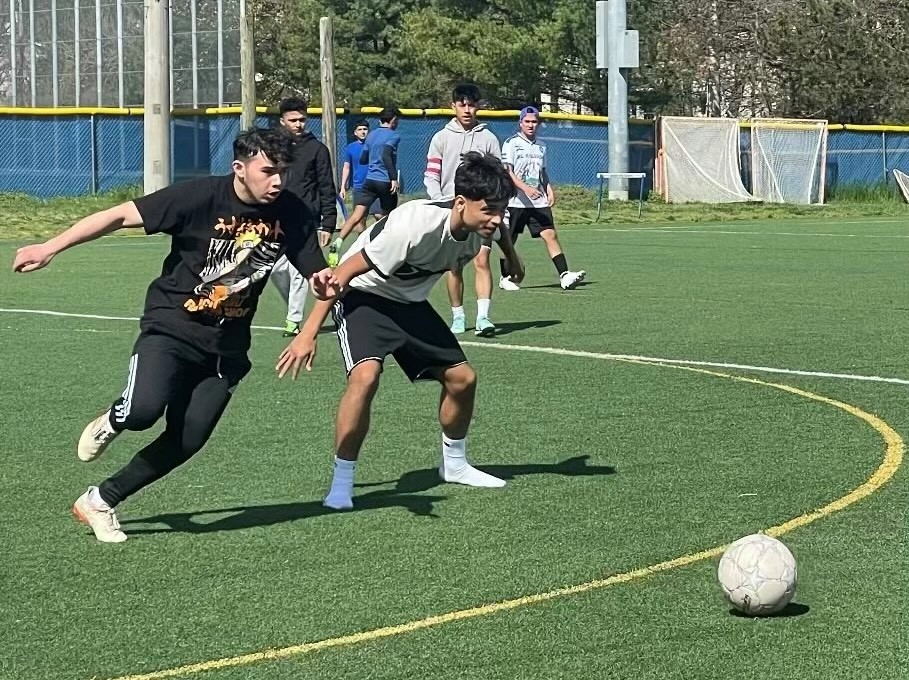
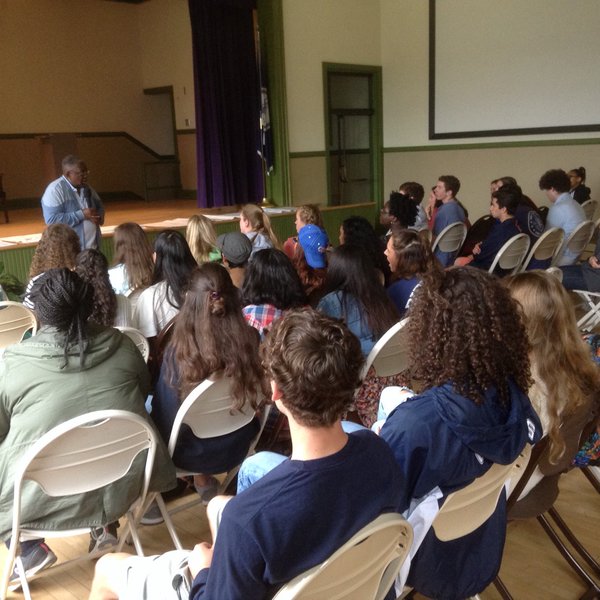
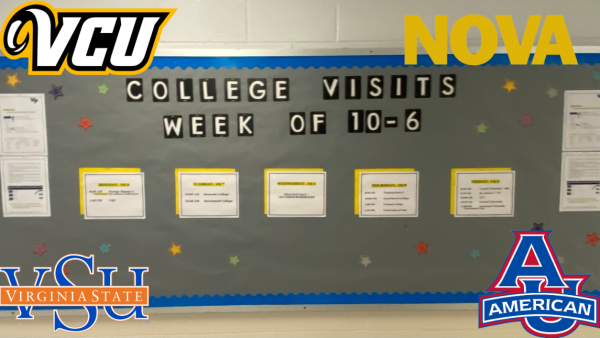
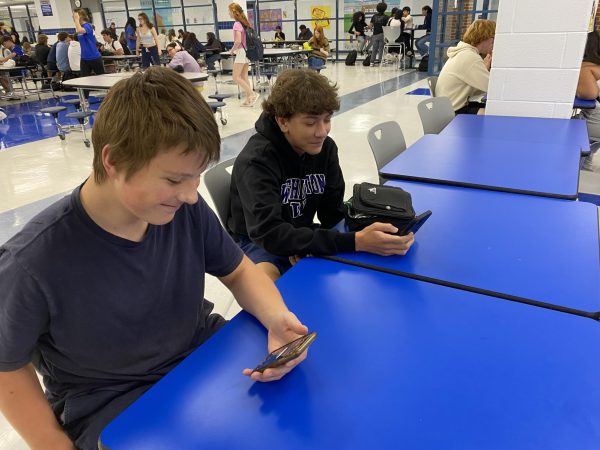


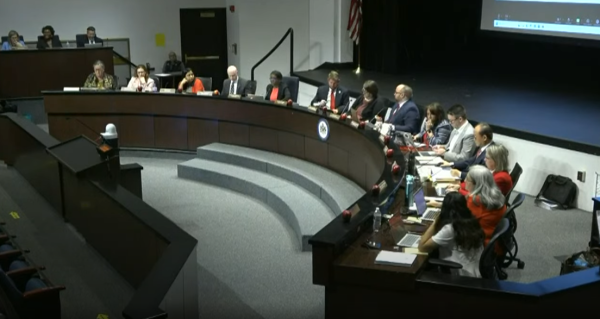
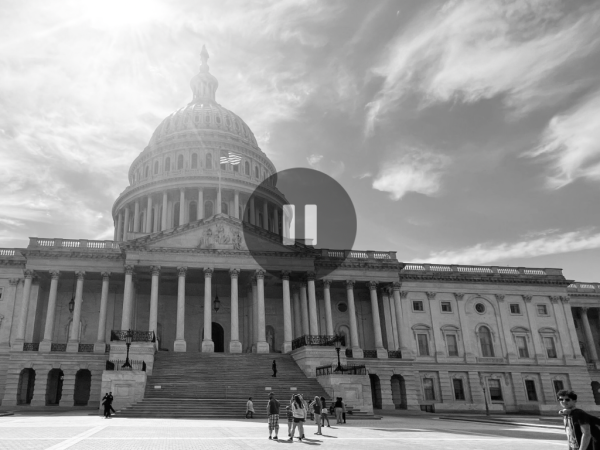

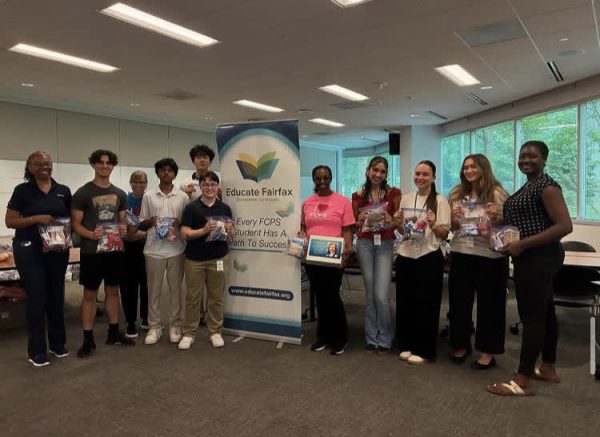

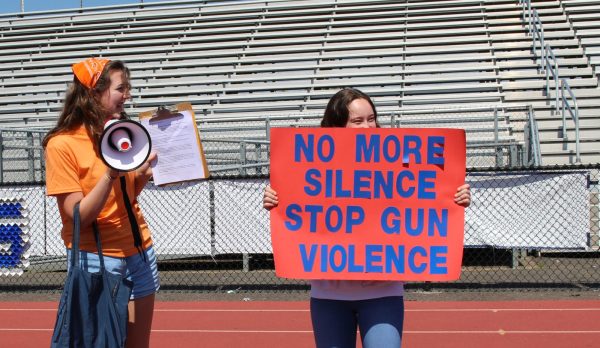
Ron Marti • Mar 15, 2017 at 2:18 PM
This is a very interesting and well written article.